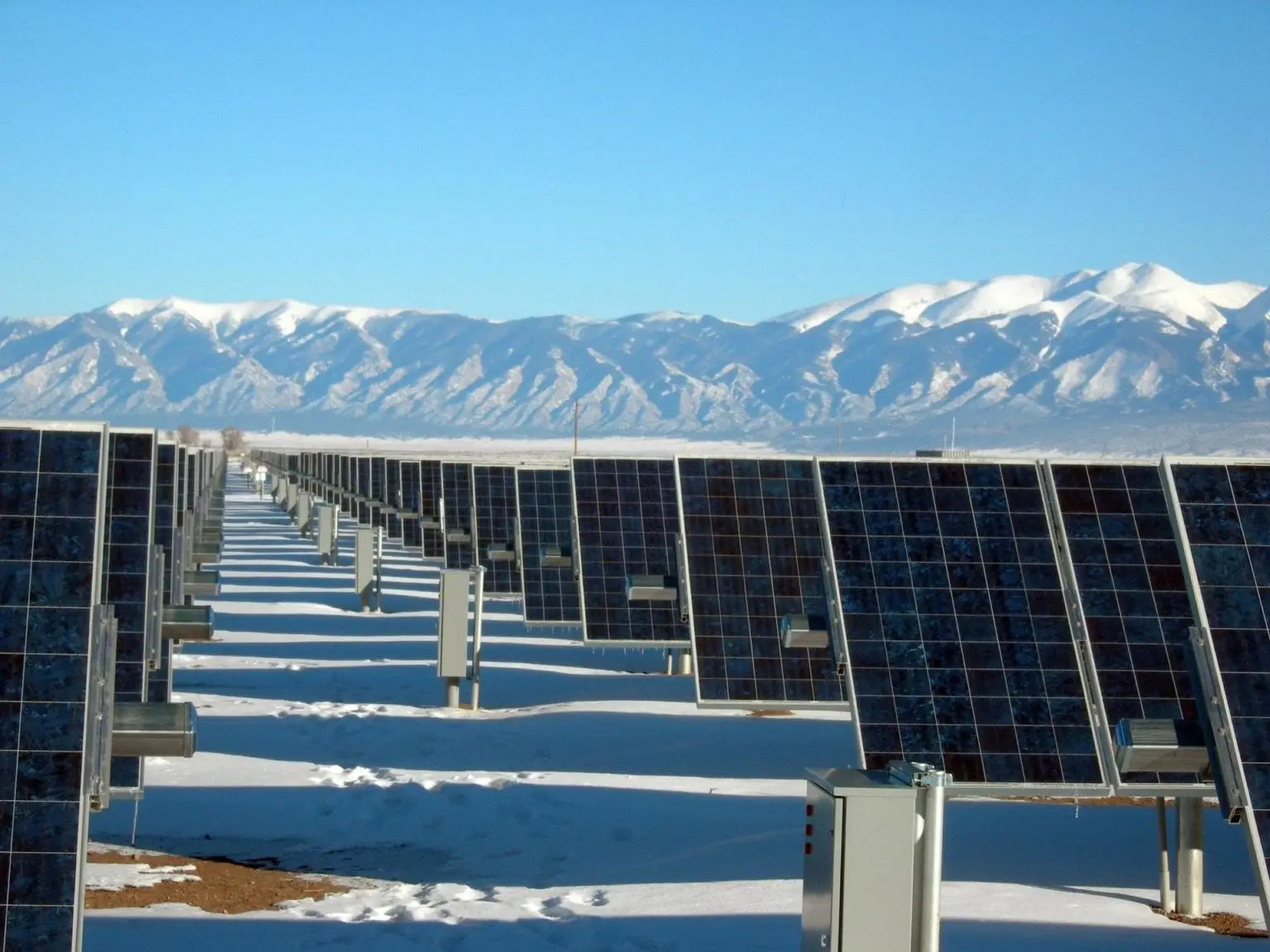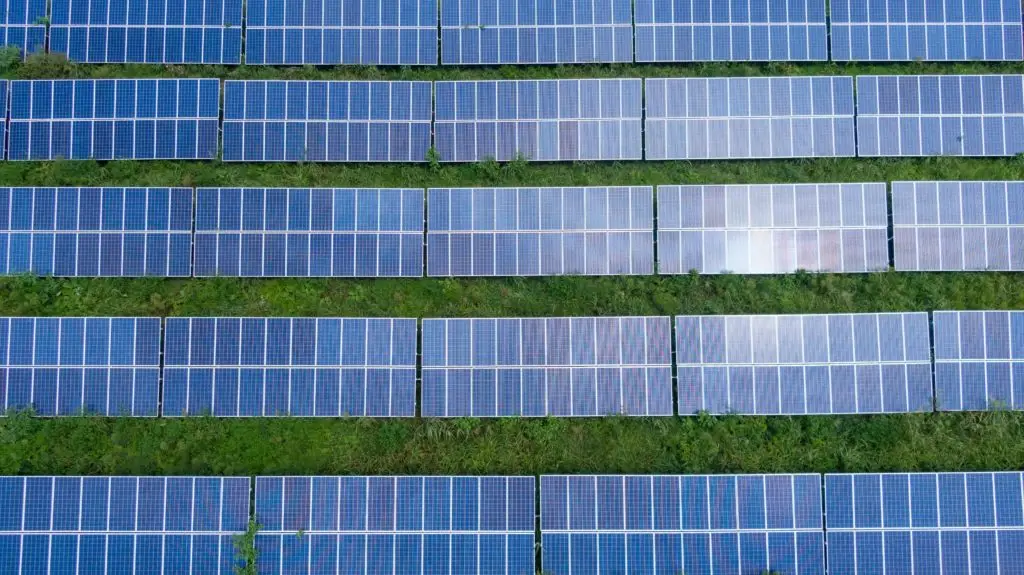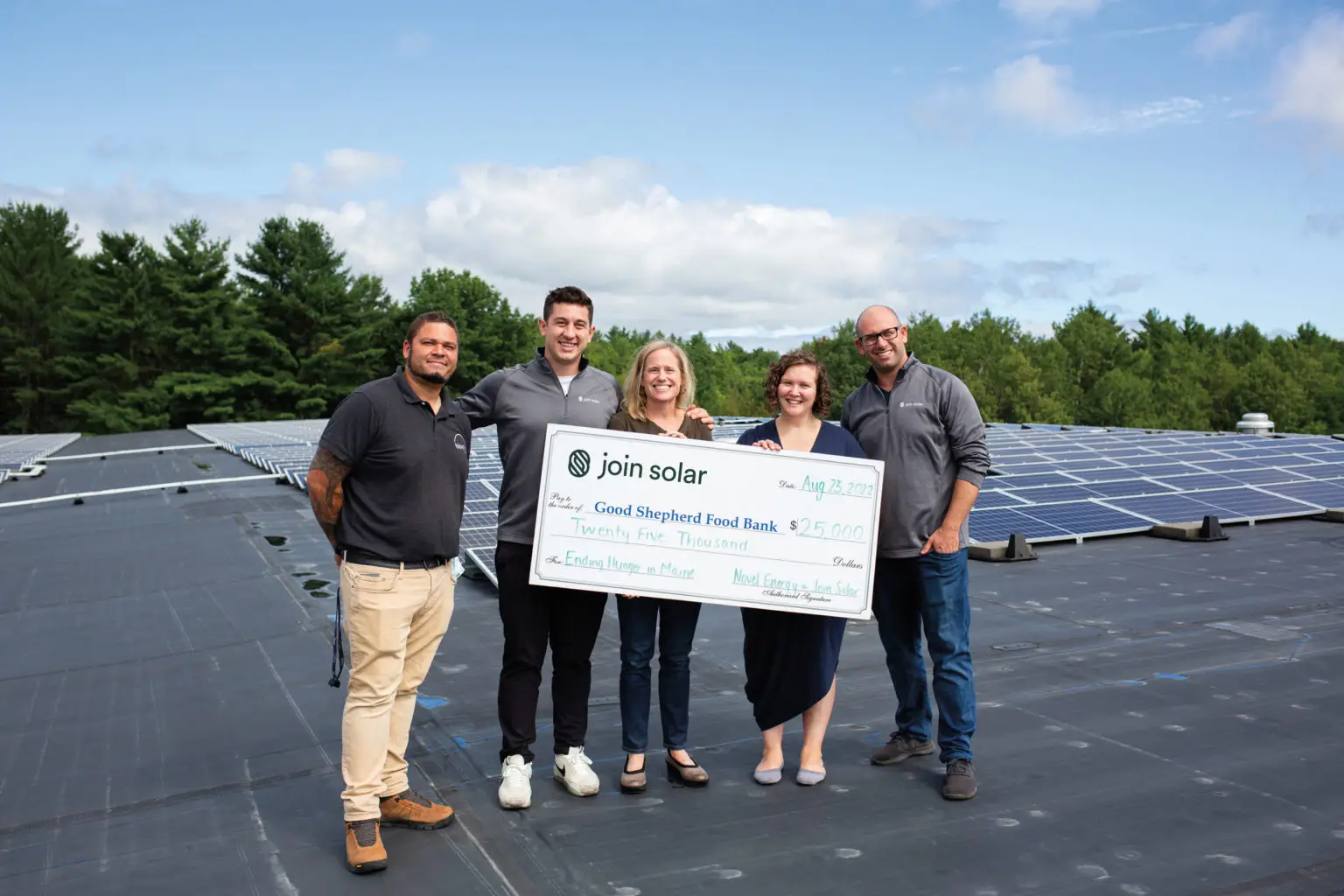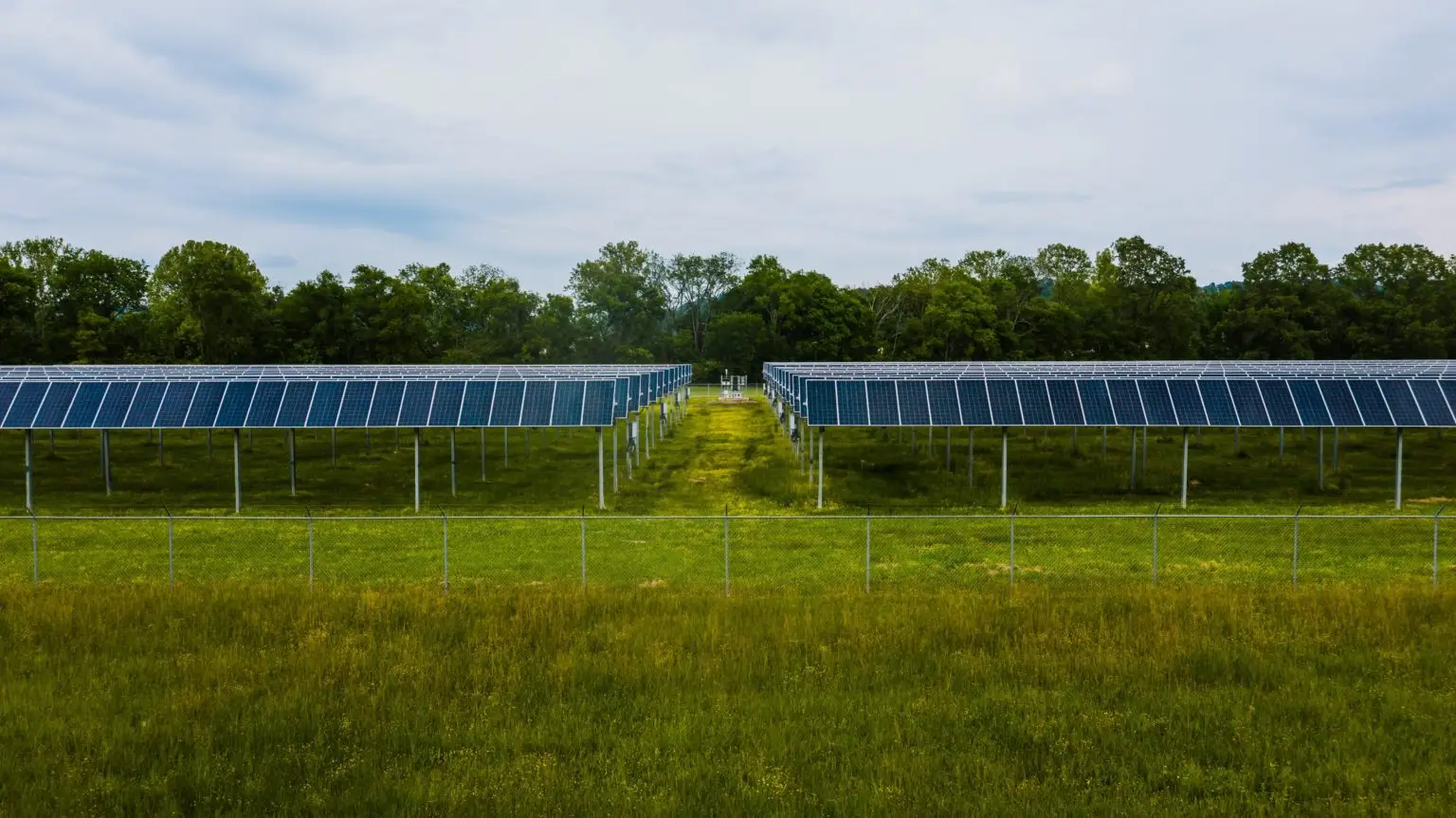What Role Does the Federal Government Play in Community Solar?
In the US, federal involvement in solar is lower than it is in other leading solar countries, where central governments play a strong central role. In the US, development of community-solar projects occurs at the state and local levels, but with federal incentives and guidance. State governments set the laws for how community-solar projects are established, run, and regulated.
These regulations vary between the twenty-one states (plus Washington DC) that have established community-solar legislation. However, the US federal government offers a number of programs and incentives to promote clean-energy development and usage in a sustainable and equitable manner. Below is a look at some of these programs and their roles in promoting community solar.
Inflation Reduction Act
President Biden just signed into law the Inflation Reduction Act, a sprawling bill that addresses healthcare, taxes and, among other things, renewable energy. The bill is welcome by the renewable energy sector for its tax credits. A solar project must pay minimum wage requirements to receive a tax credit of 2.5 cents/kWh for the first decade of the project’s existence. If the project does not pay the minimum wage requirements, the project will receive 0.3 cent/kWh. ‘
An additional 10 percent tax credit is available to community-solar projects that sell their energy to low-income individuals. Combined with other available tax incentives, the community-solar industry could see tax incentives of up to 60 percent. Additionally, there are tax credits for manufacturing solar-panel components and accessories. The details of the large bill are still coming to light, so the full impact of the legislation might take some time to recognize.
The Justice40 Initiative
Because disadvantaged communities are at greater risk of climate change, one of the Department of Energy’s (DOE) projects is the Justice40 Initiative, which requires that 40 percent of federal investments benefits disadvantaged communities. The National Community Solar Partnership (NCSP) and DOE’s Office of Economic Impact and Diversity work together to help ensure more equitable access to community solar.
Community solar helps lower monthly electricity bills by 10 to 15 percent over bills from conventional energy providers. These investments include clean, renewable energy projects, among them community solar. Federal agencies work closely with leaders and representatives of Tribal nations, communities of color, and Historically Black Colleges and Universities, among others, to bring into line these groups and entities’ access to renewable energy.
Federal Grants
Federal grants from the DOE and Department of Agriculture (DOA) are available to support development of community-solar projects in different types of communities. The Rural Energy for America Program (REAP) grants are available to farmers and small businesses in rural communities.
The Tribal Energy Grant Program offers funding to federally recognized tribes for solar-energy projects and other forms of renewable energy. The High Energy Cost Grant Program targets areas of the country with particularly high energy costs. Awards are available to develop community solar and other projects.






